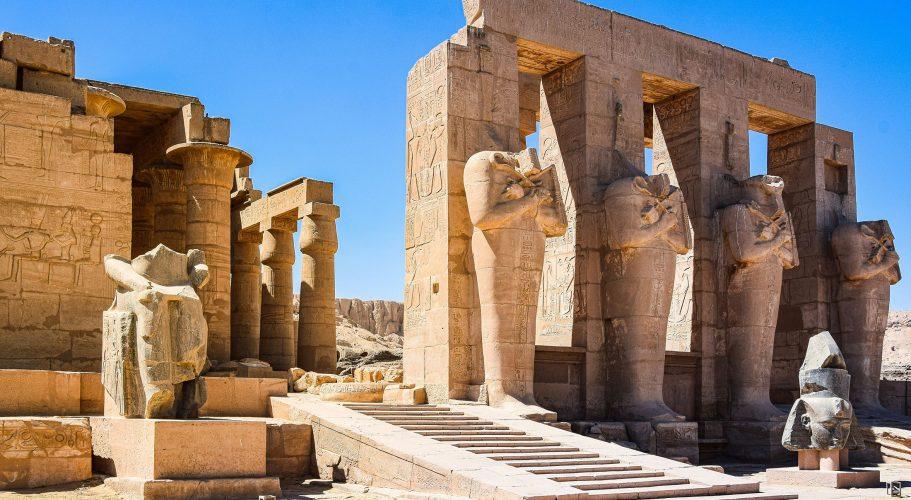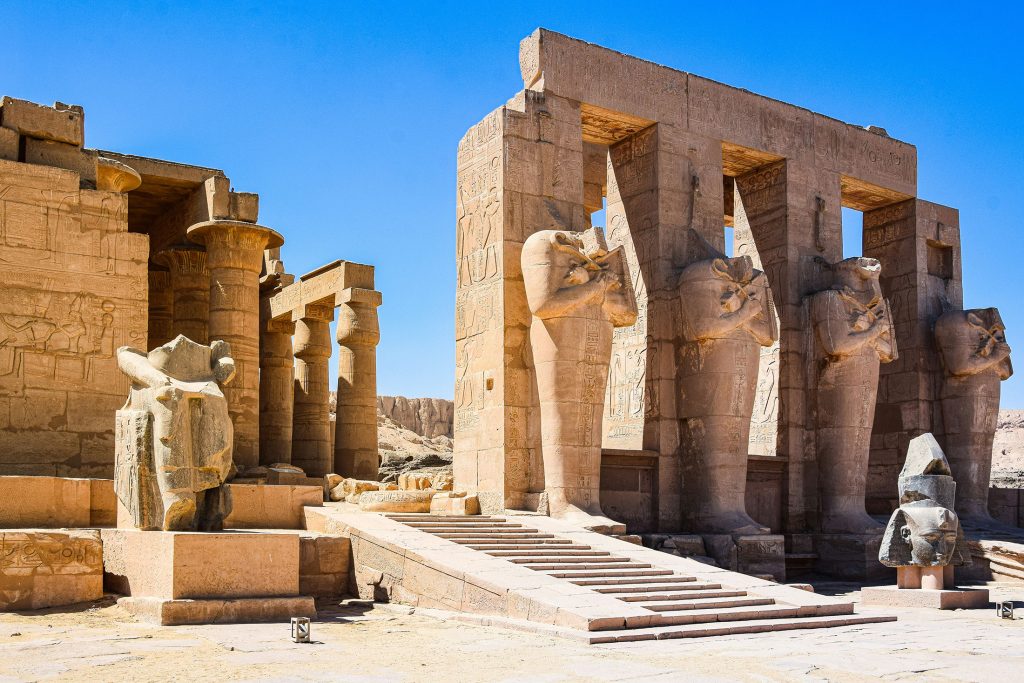
5 min read
Introduction
Journey through the corridors where history meets artistry, where stone and steel weave stories across time. Architectural styles have evolved dramatically, each epoch crafting its own unique signature. From the monumental precision of Ancient Egyptian pyramids to the sleek sophistication of Modernist skyscrapers, each style offers a glimpse into the values and innovations of its era.

Joe Aoun, whose roots trace back to Lebanon, leads a dynamic team composed of visionaries from France, Spain, Ukraine, Lebanon, Slovakia, and Romania. This diverse group exemplifies how blending multiple cultural perspectives can yield a design language as rich and varied as the architectural styles we’ll explore. Just as Joe’s team harmonizes diverse influences to push the boundaries of contemporary architecture, each historical style represents a fusion of artistic and practical ideals that shaped their respective periods. Join us as we journey through time, uncovering how these iconic styles – Ancient Egyptian, Classical Greek, Roman, Renaissance, and Modernist – have left an indelible mark on the world.
Ancient Egyptian Architecture

- Enduring Grandeur
The architectural wonders of Ancient Egypt stand as monumental testaments to the ingenuity and religious fervor of one of history’s most fascinating civilizations. Characterized by massive stone structures, the hallmark of Egyptian architecture is its grandeur and permanence. The pyramids of Giza, particularly the Great Pyramid, epitomize this style with their precise geometric design and alignment with celestial bodies. Constructed as elaborate tombs for pharaohs, these structures were designed to ensure the rulers’ immortality.
- Innovations And Influences
The use of massive stone blocks and raveled carvings in temples like Karnak and Luxor reflects a profound understanding of construction and religious symbolism. Columns, often adorned with elaborate capitals in the form of lotus or papyrus plants, demonstrate the Egyptians’ dedication to both functional and symbolic design.

- Legacy
The principles of Ancient Egyptian architecture influenced subsequent cultures, including Greek and Roman civilizations, and continue to inspire modern architecture with their emphasis on monumental scale and enduring materials such as the Parthenon in Athens and the Washington Monument in the USA. The Louvre Pyramid in Paris also pays homage to Egyptian architectural principles. These iconic structures reflect the enduring influence of Ancient Egyptian design.
Classic Greek Architecture

- Elegance In Proportion
Classic Greek architecture is celebrated for its pursuit of harmony and proportions. The Greeks introduced the three classical orders – Doric, Ionic, and Corinthian – which remains fundamental in architectural design. The Parthenon, a symbol of ancient Athens, exemplifies the Doric order with its sturdy columns and clean lines. Meanwhile, the Ionic order is characterized by its more slender columns and decorative capitals, as seen in the temple of Artemis at Ephesus.
- Innovations And Influences
Greek architecture emphasized symmetry and balance, reflecting the Greek ideals of beauty and order. The use of columns and entablatures, combined with mathematical precision, set standards for architectural aesthetics that continue to influence Western architecture.
- Legacy
The classical principles of Greek architecture are embedded in the design of many neoclassical buildings around the world, demonstrating the lasting impact of Greek architectural ideals on global design traditions. Buildings like the United States Capitol in Washington, the British Museum in London, and the Panthéon in Paris. These structures showcase the enduring influence of Greek architectural principles on modern Western architecture.
Roman Architecture

- Engineering Marvels
Roman architecture is renowned for its engineering prowess and innovation. The Romans expanded upon Greek architectural principles, integrating new technologies such as concrete and the arch to create structures that were both functional and grand. The Colosseum, with its vast arena and complex system of vaults and arches, showcases Roman advancements in engineering and entertainment.
- Innovations And Influences
The Romans perfected the use of concrete, which allowed for more complex and durable structures. They also developed the dome, exemplified by the Pantheon, which remains the largest unreinforced concrete dome in the world. Roman baths, aqueducts, and roads further demonstrate their mastery of infrastructure and urban planning.
- Legacy
Roman architectural innovations laid the groundwork for Renaissance and modern architecture. Their techniques in construction and urban design have influenced the development of cities and buildings throughout history.
Renaissance Architecture

- Rebirth Of Classical Ideals
The Renaissance marked a revival of classical Greek and Roman architectural principles, combined with new ideas about proportion, perspective, and humanism. Architects like Filippo Brunelleschi and Michelangelo pushed the boundaries of design with masterpieces such as the dome of Florence Cathedral and St. Peter’s Basilica in Vatican City.
- Innovations and Influences
Renaissance architecture introduced a new emphasis on symmetry, proportion, and geometry. The use of columns, pilasters, and domes, combined with advances in perspective and spatial design, created harmonious and balanced structures that celebrated human achievement and the arts.
- Legacy
The Renaissance laid the foundation for modern architecture, influencing subsequent movements such as Baroque and Neoclassicism. Its principles of symmetry and proportion continue to inform contemporary architectural practice.
Modernist Architecture

- Breaking With Tradition
Modernist architecture emerged in the early 20th century as a response to the ornate styles of the past. Characterized by simplicity, functionality, and the use of new materials and technologies, Modernism sought to create buildings that reflected the spirit of the modern age.
- Innovation And Influences
Modernist architecture emphasized the use of steel, glass, and concrete, allowing for open floor plans and expansive windows that blurred the boundaries between indoor and outdoor spaces. The movement’s focus on minimalism and functionalism marked a departure from historical ornamentation and a step toward a new architectural language.
- Legacy
Modernist architecture has profoundly influenced contemporary design, shaping the aesthetics of skyscrapers, residential buildings, and public spaces. Its principles of simplicity, functionality, and the use of modern materials continue to inspire architects around the world.
Conclusion
From the awe-inspiring pyramids of Egypt to the sleek glass facades of modern skyscrapers, the evolution of architectural styles reflects humanity’s ongoing quest for beauty, function, and innovation. The melding of historical influences and cultural perspectives, as demonstrated by Joe Aoun’s diverse team, continues to shape the future of architecture. By exploring these iconic styles, we gain a deeper appreciation for the artistry and engineering that define our built environment.


